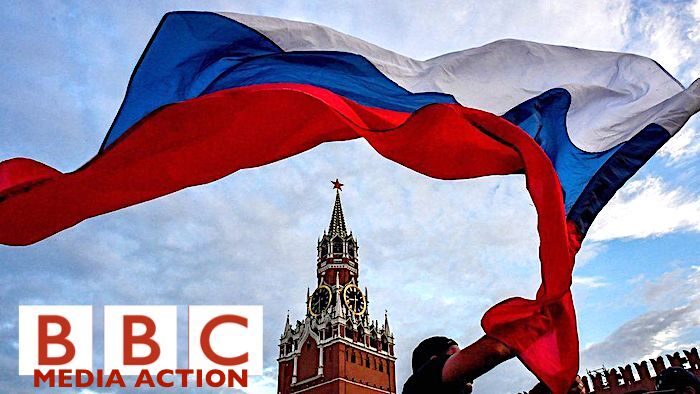
© AFP/BBC/KJN
New documents raise serious questions about how well-deserved British state broadcaster BBC's 'unimpeachable' reputation is, and also what impact its relationship with the UK government has on its supposedly 'impartial' output.
Within a tranche of secret
UK Foreign, Commonwealth & Development Office (FCDO) papers, recently leaked by hacktivist collective Anonymous, are files indicating that
BBC Media Action (BBCMA) - the outlets 'charitable' arm - plays a central role in
Whitehall-funded and directed psyops initiatives targeted at Russia.American journalist Max Blumenthal has comprehensively
exposed how, at the FCDO's behest, BBCMA covertly
cultivated Russian journalists, established influence networks within and outside Russia, and
promoted pro-Whitehall, anti-Moscow propaganda in Russian-speaking areas.
However, the newly released files reveal BBCMA
also offered to lead a dedicated FCDO program, named
'Independent Media in Eastern Partnership Countries' and targeted at
Georgia, Moldova, and Ukraine. This endeavor forms part of a wider £100 million ($138.9 million)
effort waged by London to demonize, destabilize and isolate Russia, at home and abroad.
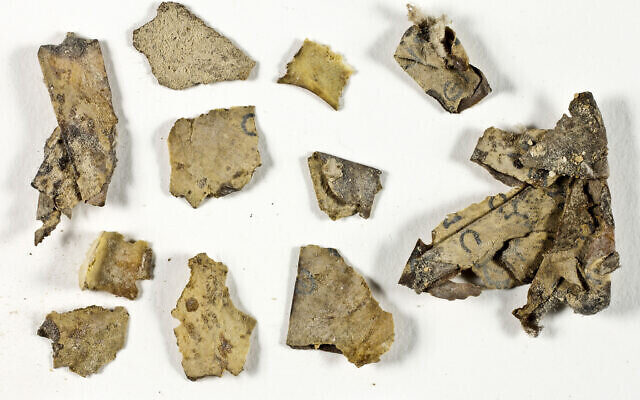
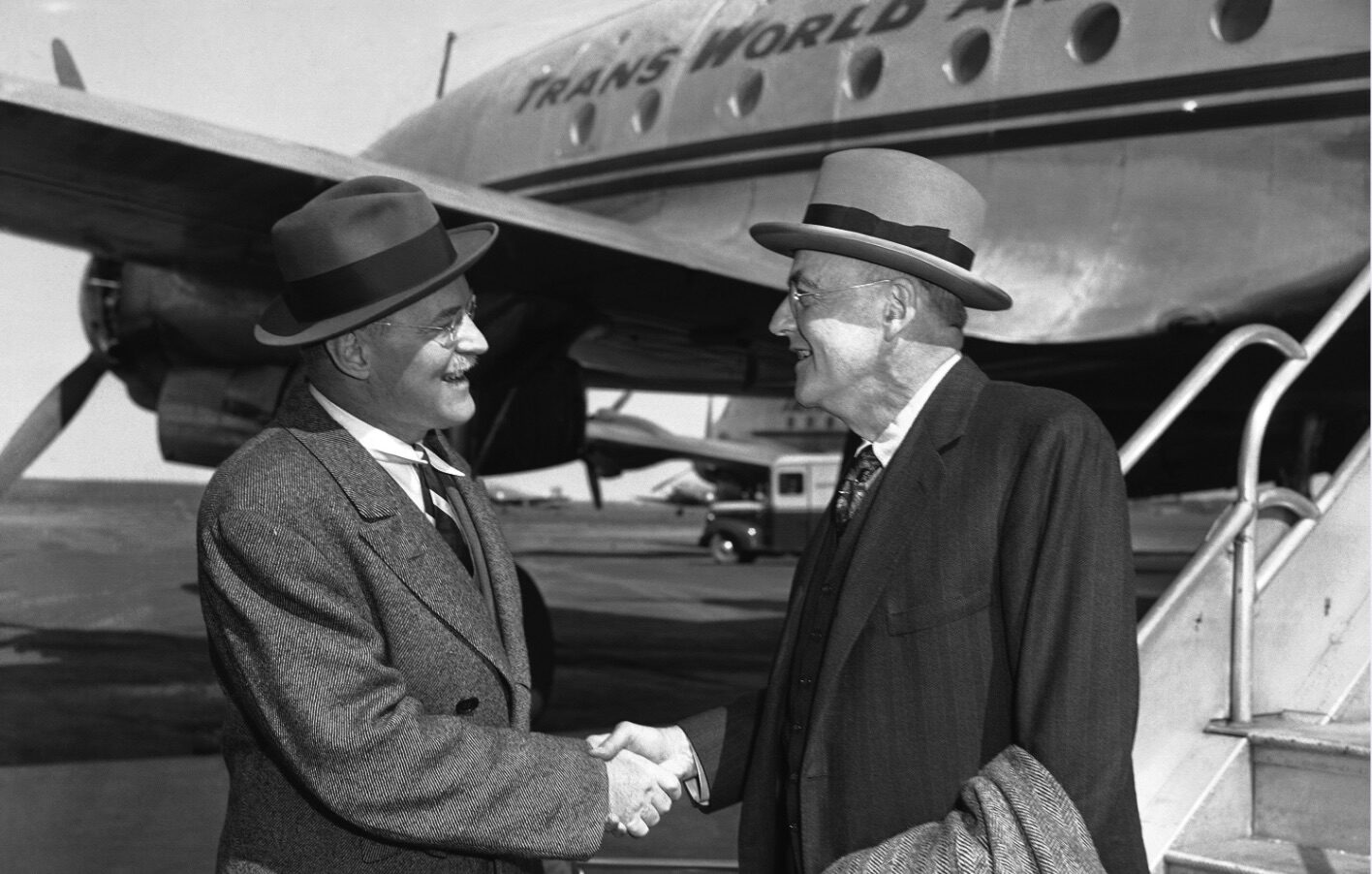
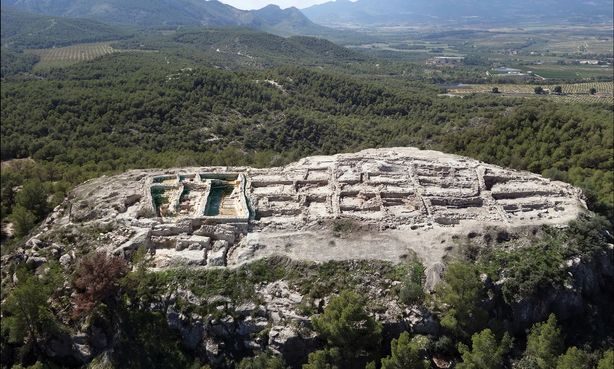
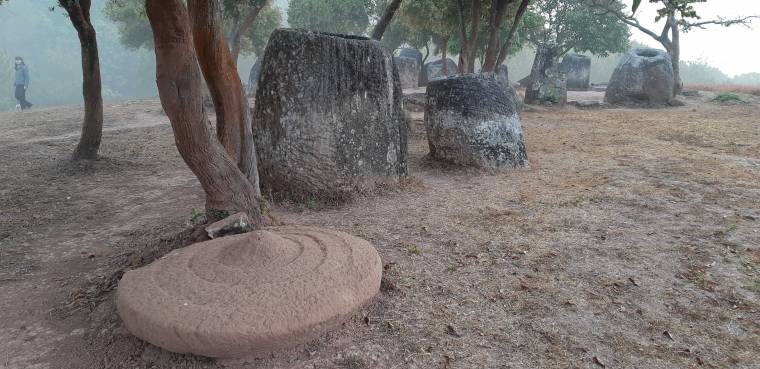
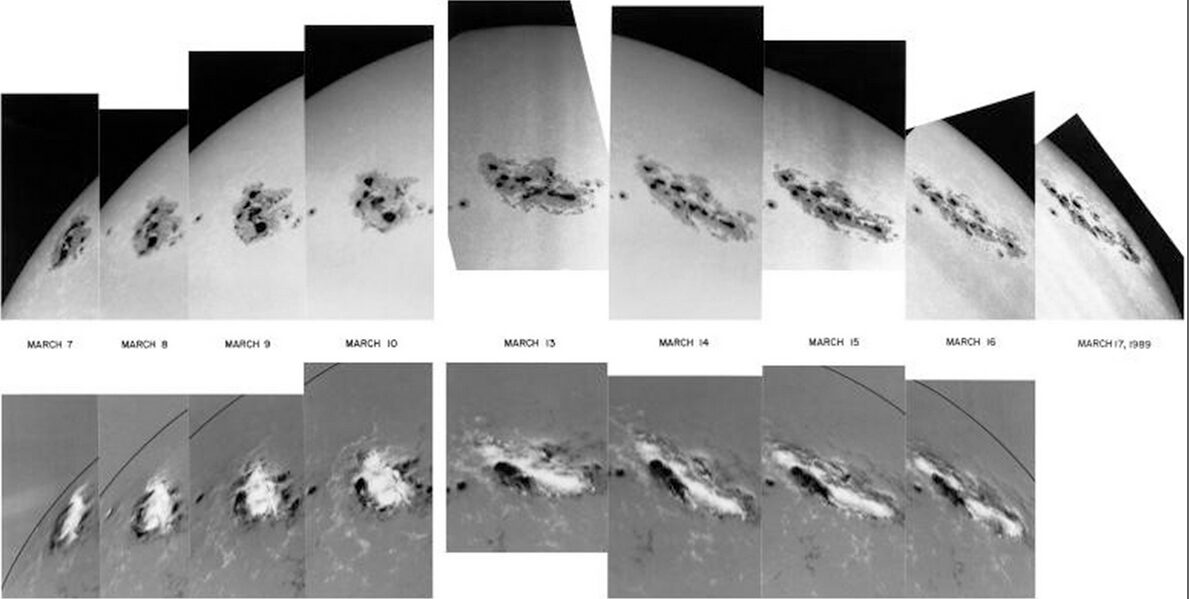
Comment: See also: